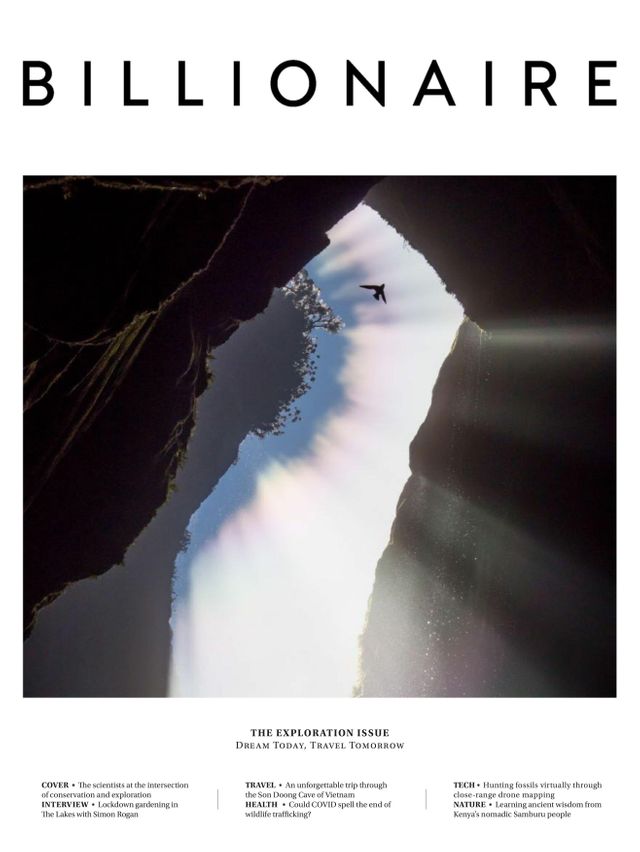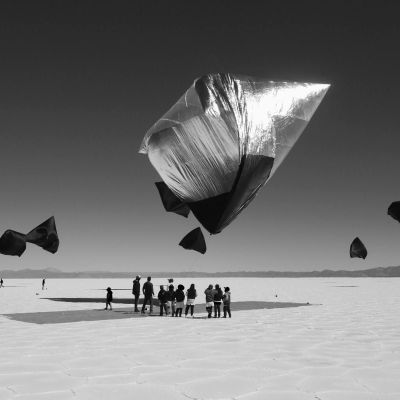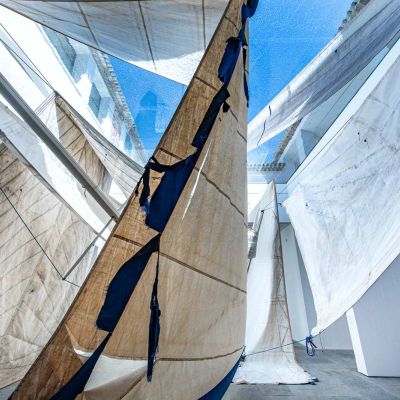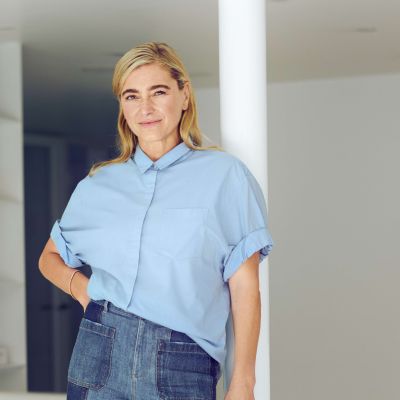Slow Fashion
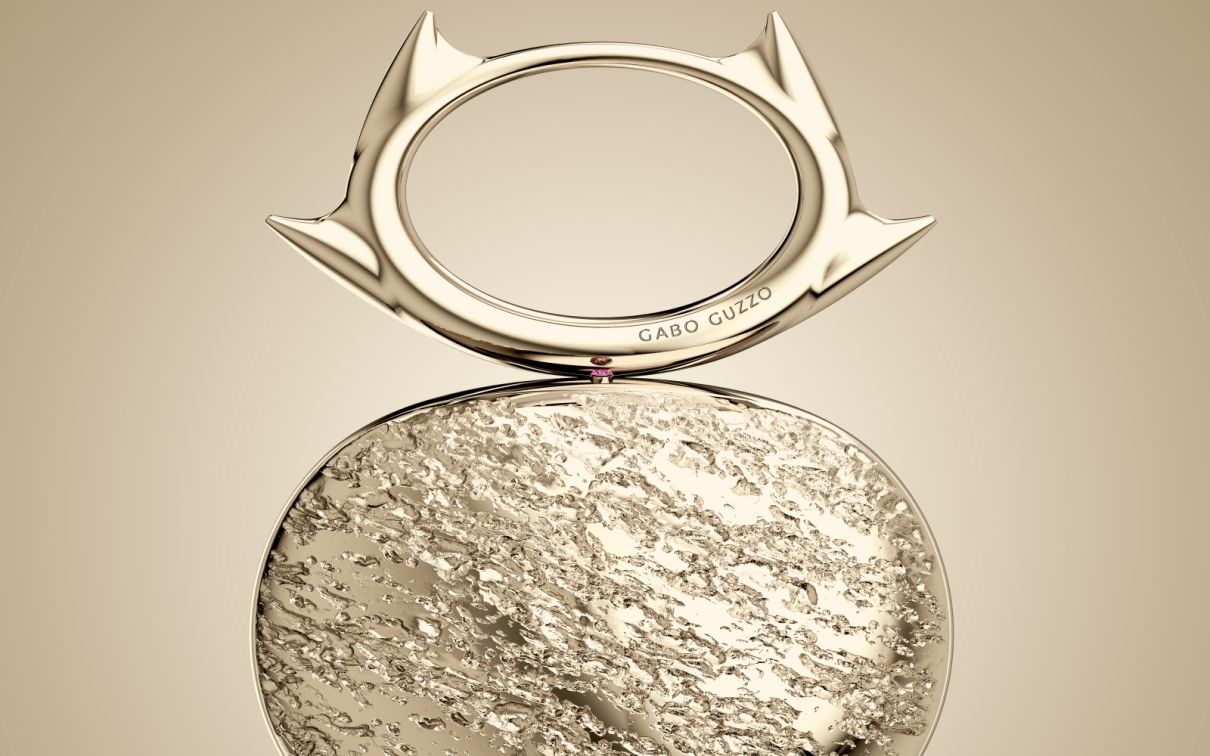
When is a handbag not a handbag? When it is a work of art.
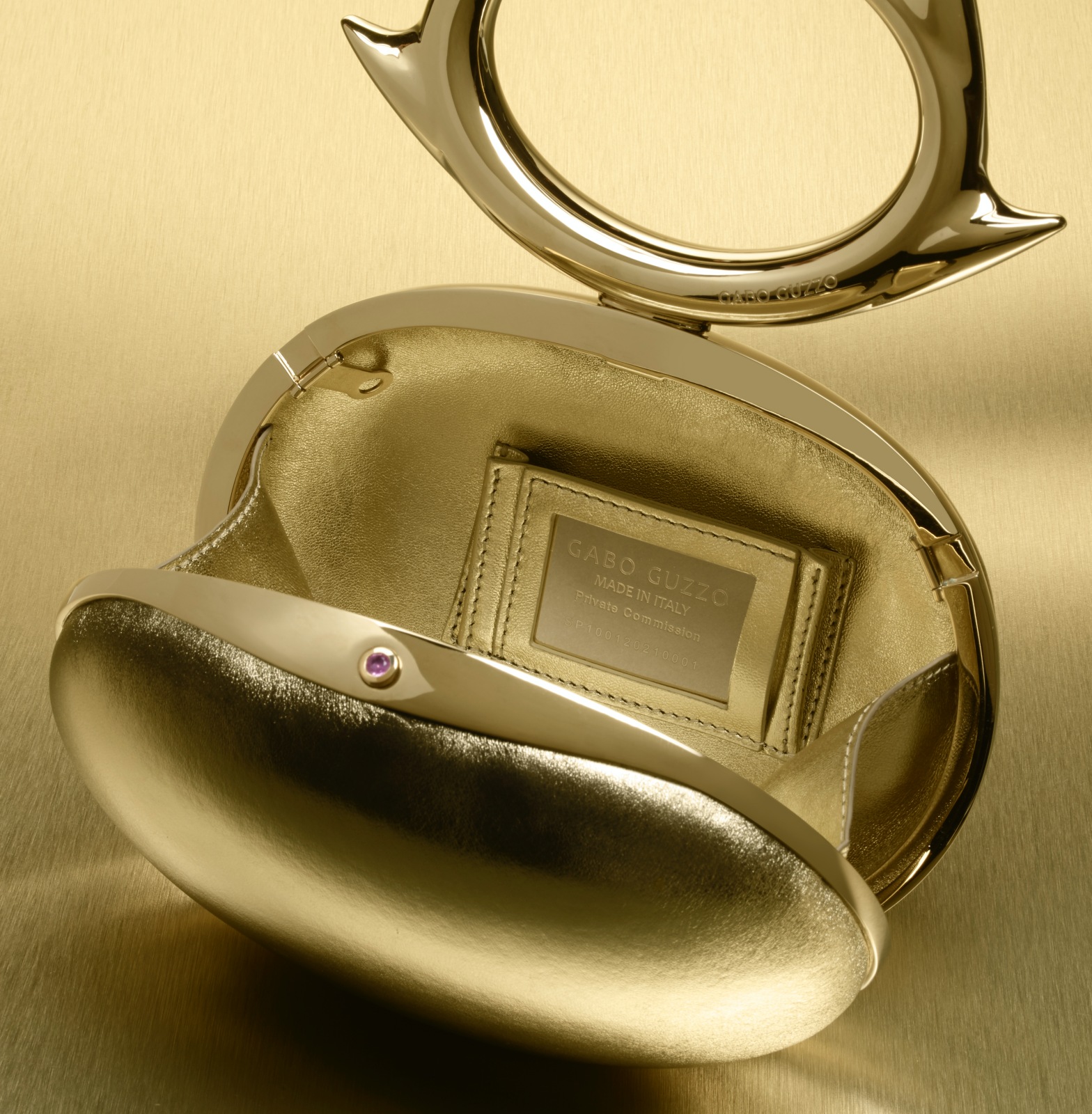
If fashion put the value of humanity first, and profit second, there would be a lot of less of it, and it would be much more interesting to boot.
This is the philosophy of Gabo Guzzo, an artist-turned-handbag designer. Growing up in the south of Italy where the pace of life was deliciously slow and authentic, he recalls being captivated by the work of his seamstress grandmother. Initially, he trained as an economist with an MSc from Milan University and took a further Masters in Fine Art at Central Saint Martins, London. His artwork and photography take a pragmatic and detail-oriented approach through large-scale sculpture and installations.
A few years ago, however, his career took a twist when he started a project in residency about climate change. The task was to bring his message closer to people. “I was thinking what I could do to convey the message of ‘more art, less production’,” he says, over the phone from Italy. “Because I am Italian and fashion is in our DNA, I thought, ‘let’s do handbags like works of art’.”
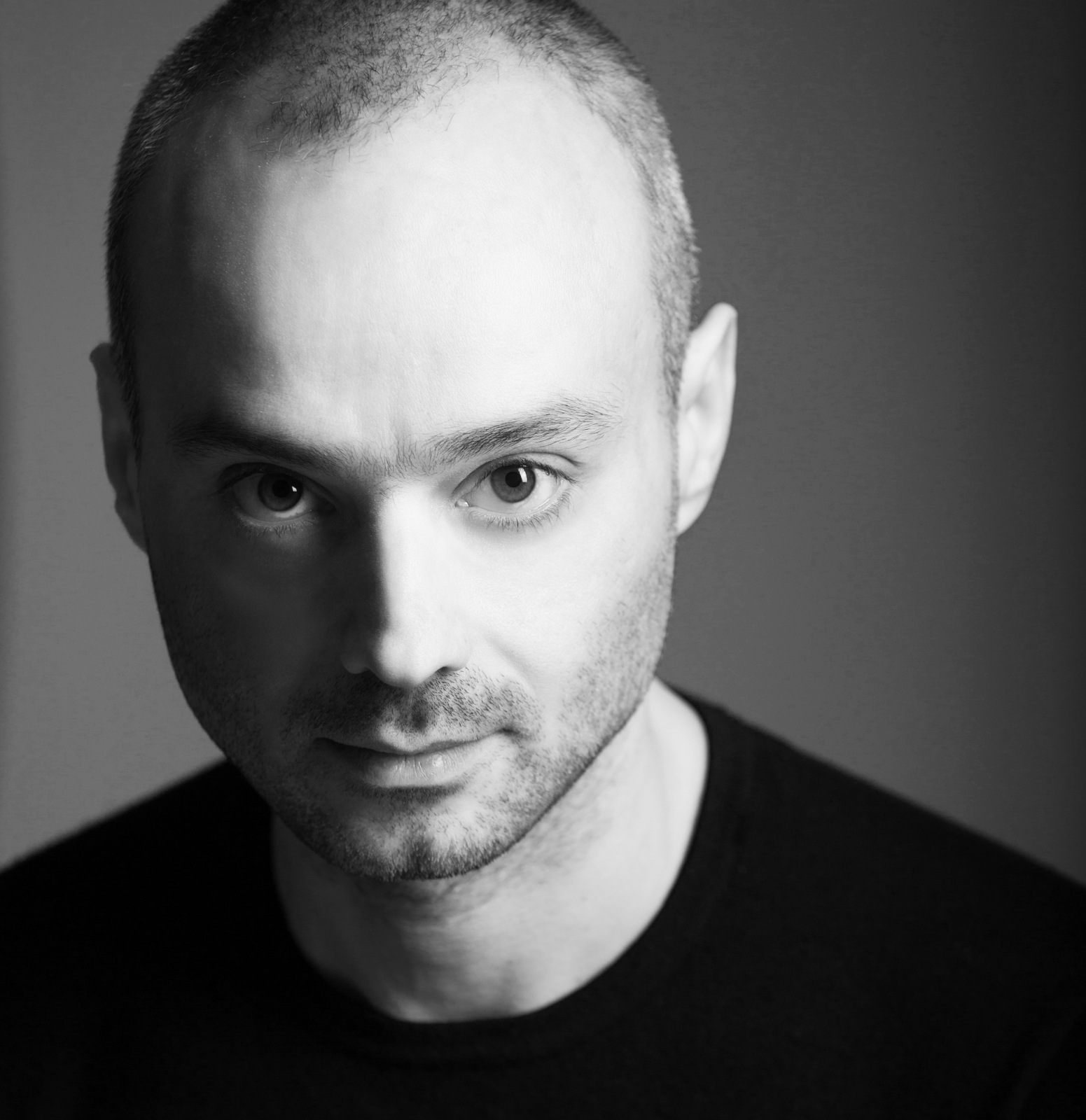
Of course, these would be no ordinary handbags. Guzzo began an intense year of research around the artisans of Italy and France, meeting men and women with generations of master craft in their blood. “My research allowed me to get in touch with really beautiful minds and hands, endangered like many species in the world because of the way we consume fast fashion.”
He discovered an 80-year-old master leather craftsman who had been dedicated to his métier since his teenage years, creating handbags for queens and billionaires. “I knew he was still very active, at the same time not very accessible.” Through a lucky coincidence, Guzzo was able to meet him in London. “I presented my sketches to him while being very aware that my ideas, and even my language, indicated a different background and perspective. The designs were complex and challenging from a manufacturing point of view. But he loved them and said they would require ‘great precision, time and the deepest love’. It was the start of a great and inspiring collaboration and friendship.”
Guzzo started designing in 2017, at first selling to private customers in London. The materials are exceptionally luxurious, including silver-licked calfskin, sustainably sourced exotics and gold-plated brass. Each piece is finished with a gemstone clasp such as blue sapphire, hawk’s eye, malachite and jade, marked with a one-of-a-kind numeric code on a metal plate, accompanied by a handwritten card outlining the gemstone featured and number of karats.
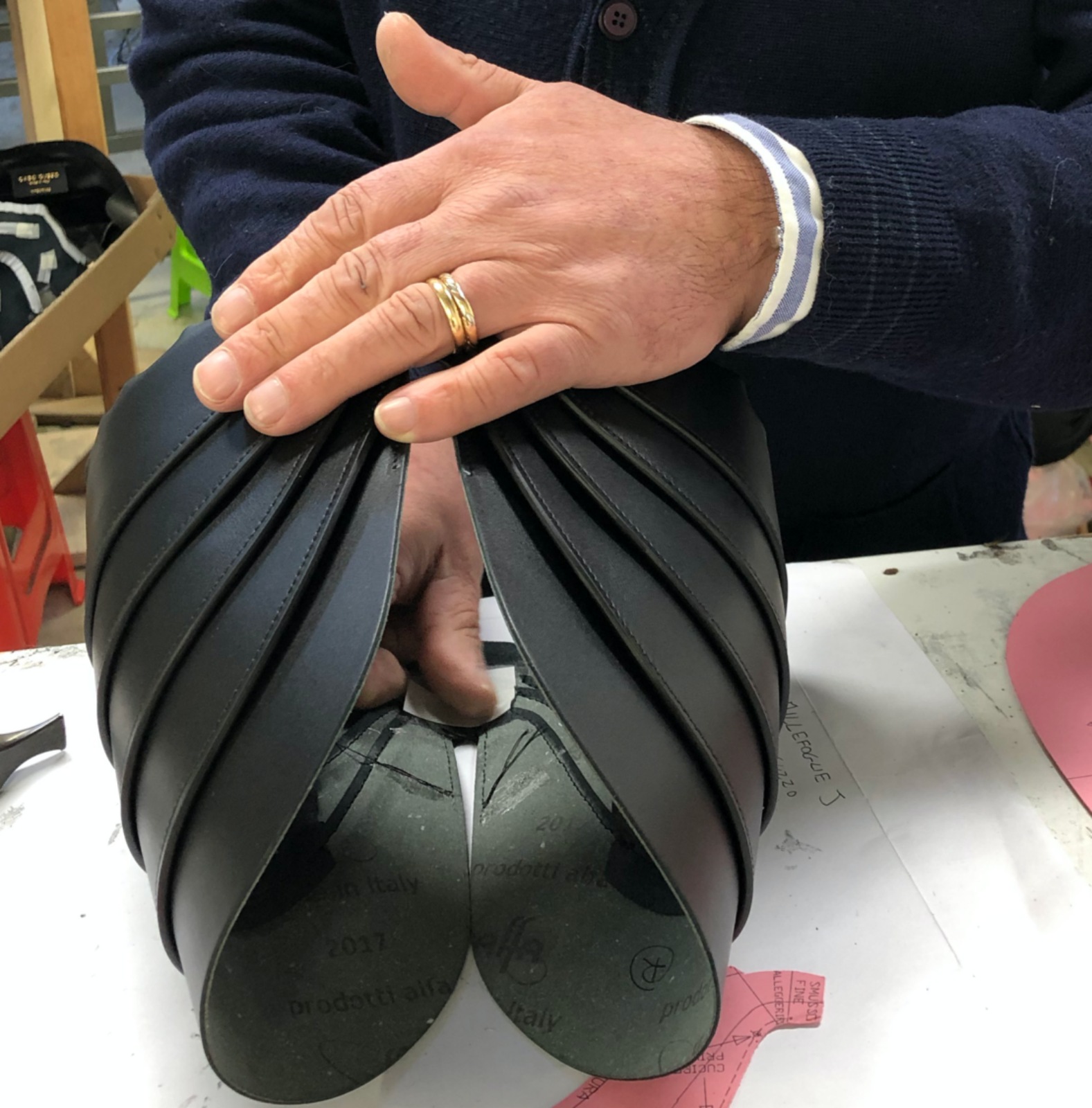
Fewer than 100 bags are produced each year and Guzzo just has two lines. First, the structural, layered Millefoglie (priced around US$5,000), made up of geometric pockets of leather; even the colour of the dye mixed from scratch, without a Pantone colour card in sight. The tannery he works with is located near Florence in Santa Croce sull’Arno. “I am always fascinated by the passion and enthusiasm of these people for their work.”
Then there’s the futuristic-looking Spinosa (starting from US$7,500), named after the biological term for a spiny plant, which resembles more a sculpture than an accessory. The handle is hewn by Florentine goldsmiths, cut in two to remove the inner metal to make it lighter, then polished to a mirror. A precious stone clasp of sapphire or ruby is added. It is made from light brass aluminium plated with 24-carat gold, plus palladium or ruthenium, and inside is lined with pure lambskin. One collection can take between three to six months.
The artisans who create the art-accessory pieces etch their signature inside each handbag, along with Guzzo’s signature, as a sign of commitment, authenticity and pride.
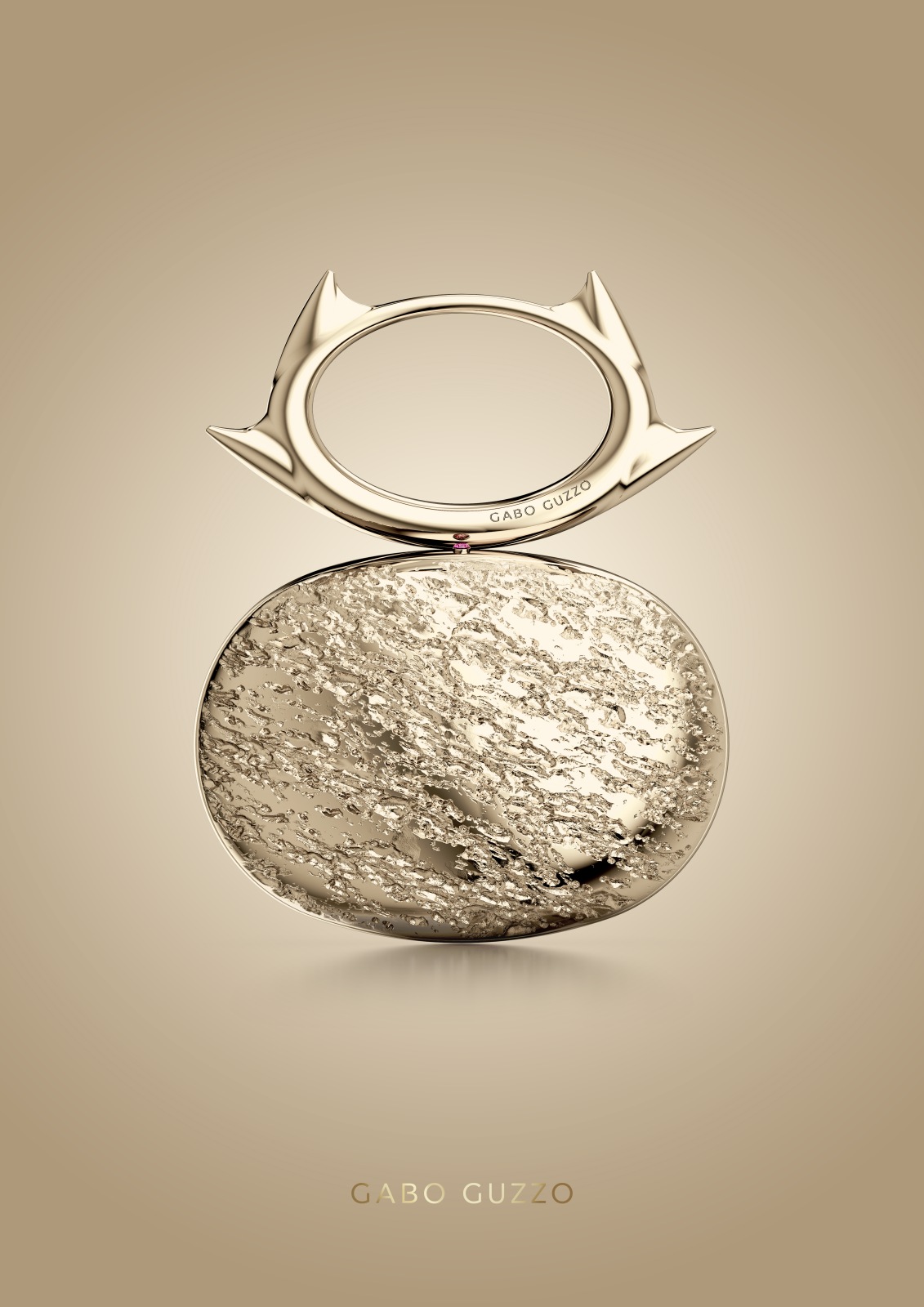
Detail is everything. Each bag contains three hand-crafted cards with gold gilt edges: a ‘thank you’ letter to the collector signed personally by Guzzo; a card with a description of the gemstone embellishing the handbag; and a card with product care instructions. The stationery is produced by a small printing workshop in Scotland that focuses on craftsmanship and heritage, using traditional processes and machines.
It wasn’t long before the bags caught the eye of luxury department store Bergdorf Goodman, which became Guzzo’s first retailer. He flew in some of his sculptures to create a stunning installation in the windows of the Fifth Avenue New York store: sculpture-meets-handbag. This year, he began a collaboration with Bergdorf’s equivalent in Hong Kong, Lane Crawford, and also in their online store.
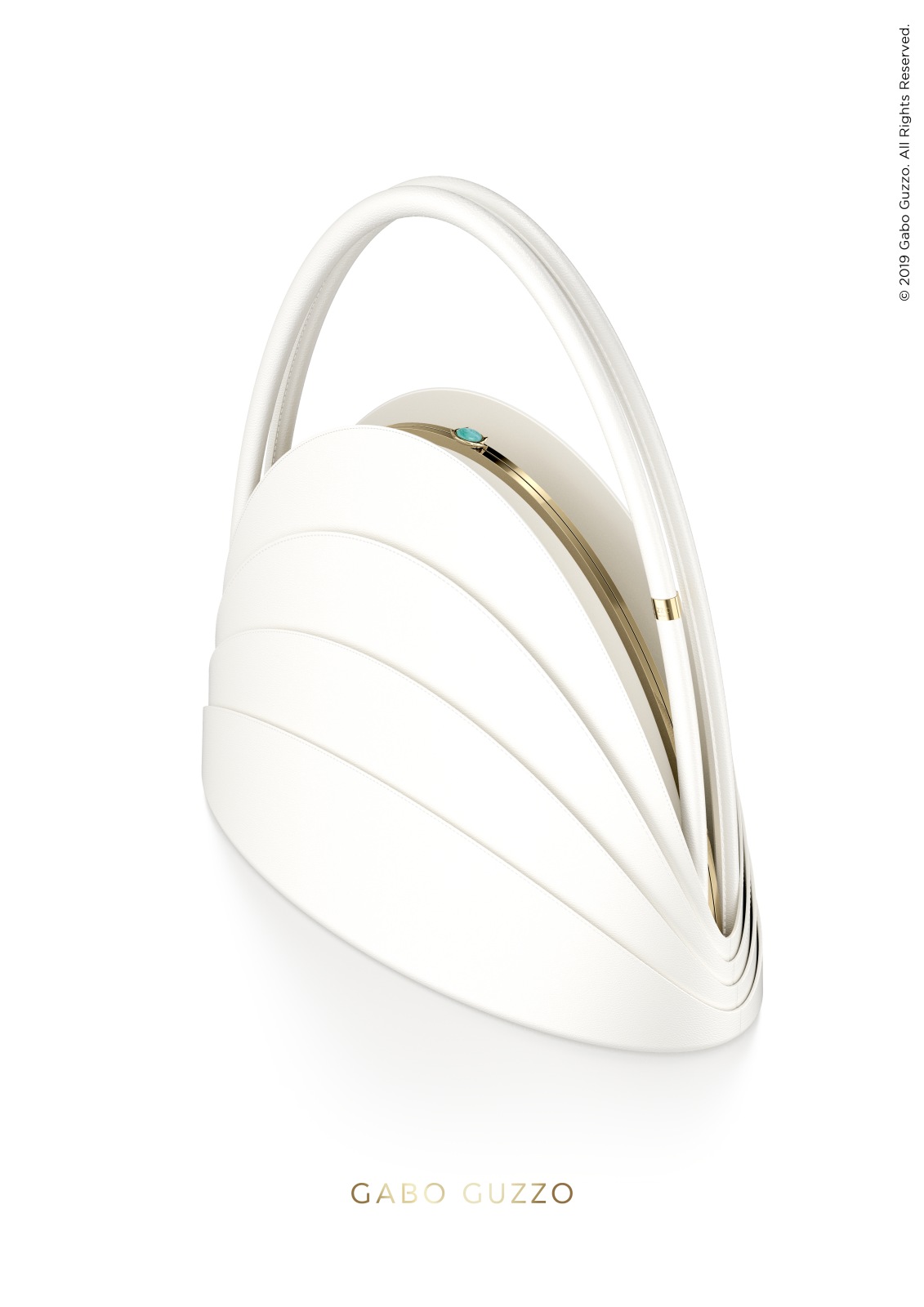
“My approach to luxury fashion is not to produce a big collection, but to offer just a few pieces,” he says. “I wanted to go back to the way they were creating leather goods in the 1950s and 1960s when it was purely genuine local mastery.”
Guzzo’s customers include include art and fashion collectors and members of royal families from the Middle East and Europe. But he hopes his work carries a wider message to inspire other multi-disciplinary designers. “Handbags that are ‘slow’, that are complex in terms of development, and creative in terms of design, send a message that we have to change our approach to production, purchase and consumption.”
And there is also the uplifting effect of carrying a work of pure design, beautiful and functional, on your arm.

